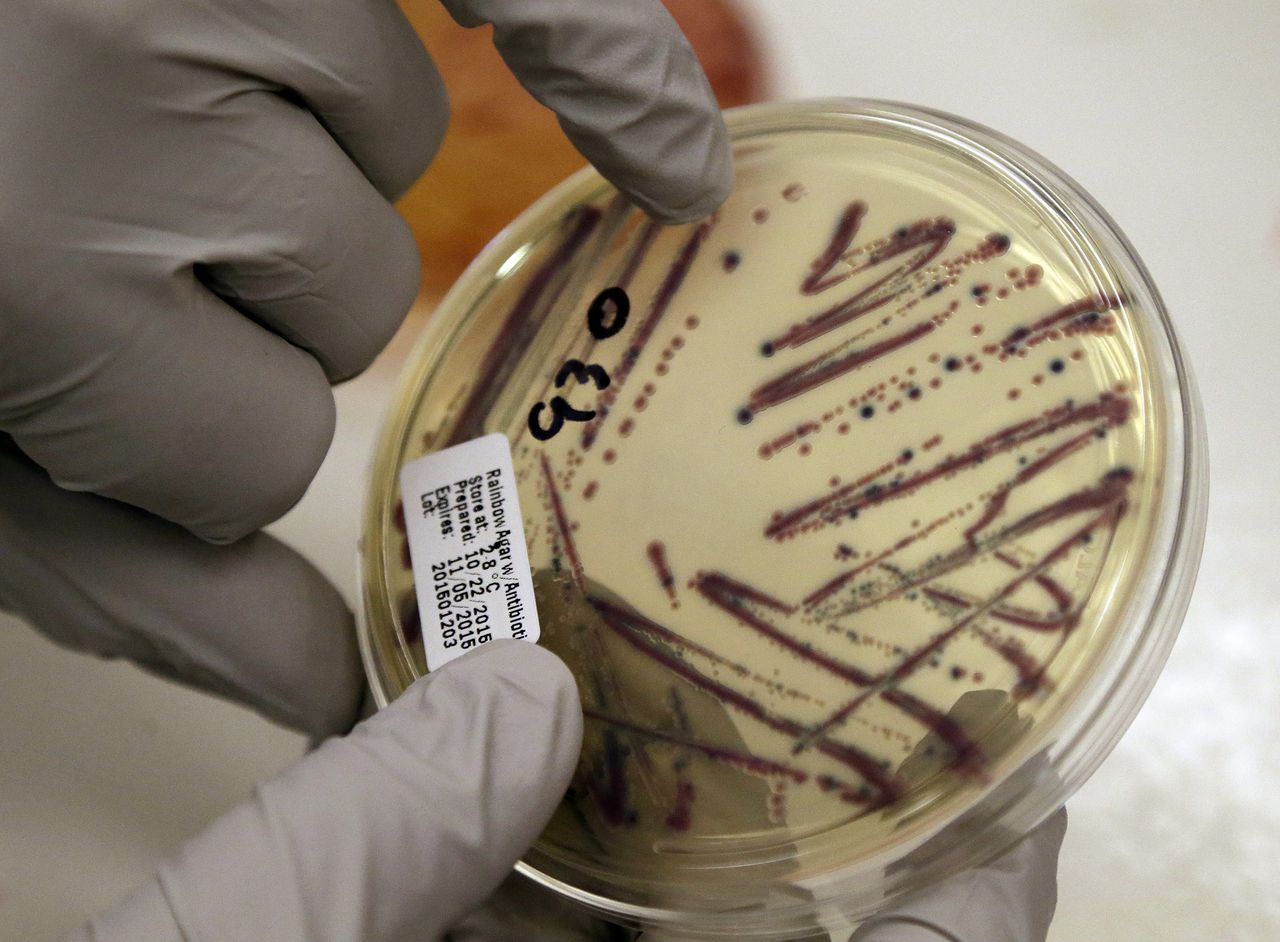[ad_1]
CLEVELAND, Ohio – The number of Ohioans affected by the latest E. coli outbreak rises to 23, and the League of Women Voters will host a reproductive care webinar Sept. 8.
Cleveland.com is rounding up some of the most notable local and national health news making headlines online. Here’s what you need to know for Tuesday, Aug. 30.
Number of Ohioans sickened by E. coli rises to 23
The multi-state outbreak of E. coli infections has sickened 23 Ohioans, according to the latest report from the U.S. Centers for Disease Control and Prevention.
The last update on Aug. 19 stated that 19 Ohioans were infected with E. coli.
Since the last update on Aug. 19, 47 more illnesses have been reported to CDC.
Eighty-four people from four states have been infected: Indiana (6), Michigan (53), Ohio (23) and Pennsylvania (2).
The number of people hospitalized has reached 38, including eight people in Michigan who have a type of kidney failure called hemolytic uremic syndrome. No deaths have been reported.
A specific food has not been confirmed as the outbreak’s source, but most sick people reported eating burgers and sandwiches with romaine lettuce at Wendy’s restaurants before becoming ill.
The Wendy’s restaurants where sick people ate are in Indiana, Michigan, Ohio and Pennsylvania.
The fast food chain has removed the romaine lettuce being used in sandwiches from restaurants in that region. Wendy’s uses a different type of romaine lettuce for salads.
The CDC is not advising that people avoid eating at Wendy’s restaurants or that people stop eating romaine lettuce. There is no evidence that romaine lettuce sold in grocery stores or served in other restaurants is linked to this outbreak.
Consult a doctor right away if you have severe E. coli symptoms, such as diarrhea that lasts for more than three days or diarrhea that is accompanied by a high fever, bloody diarrhea, or severe vomiting.
League of Women Voters hosts reproductive care webinar Sept. 8
League of Women Voters organizations across Ohio will host a nonpartisan webinar on women’s reproductive care in the post-Roe landscape from 7 to 8:30 p.m. on Thursday, Sept. 8.
“Post-Roe: Women’s Healthcare in Ohio: Just the Facts” is sponsored by the League of Women Voters of Greater Cleveland, Shaker Heights and Cleveland Heights-University Heights, with co-sponsoring Leagues from around Ohio. Register for the event here.
Panelists will discuss the issues that doctors, caregivers and patients are facing, Ohio’s legal landscape, pending legislation to further restrict abortion access, and the impact of federal actions.
Panelists are Dr. David Hackney, division chief, maternal fetal medicine, department of obstetrics and gynecology at University Hospitals; Dr. Rebecca Flyckt, reproductive endocrinology and infertility, division chief, reproductive endocrinology and infertility, UH; and Jessie Hill, associate dean for research and faculty development and professor of law at Case Western Reserve University.
Moderator is Karen Kasler, statehouse bureau chief for Ohio Public Radio and Television.
People who eat more fish at risk for melanoma, study suggests
Eating more fish — including tuna and non-fried fish — seems to be linked to a higher risk of malignant melanoma, a new study suggests. It was recently published in the journal Cancer Causes and Control.
The incidence of malignant melanoma was 22% greater among individuals whose median daily consumption of fish was 42.8 grams as compared to those whose median daily intake was 3.2 grams, according to researchers from Brown University.
People with a median daily consumption of 42.8 grams of fish had a 28% higher chance than those with a median daily intake of 3.2 grams of fish of having abnormal cells in just the outer layer of the skin, often known as stage 0 melanoma or melanoma in situ. An average serving of cooked fish weighs around 140 grams.
Researchers found that a higher intake of non-fried fish and tuna was associated with increased risks of malignant melanoma and stage 0 melanoma. Those whose median daily tuna intake was 14.2 grams had a 20% higher risk of malignant melanoma and a 17% higher risk of stage 0 melanoma, compared to those whose median daily tuna intake was 0.3 grams.
The scientists analyzed data from 491,367 Americans who took part in the National Institutes of Health-AARP Diet and Health Study in1995 and 1996. Participants, who on average were 62 years old, answered questions about eating fried, non-fried, and tuna throughout the previous year.
Life expectancy dropped by almost 2 years in 2020
Life expectancy in the United States fell by 1.8 years in 2020, the first year of the COVID-19 pandemic, according to new CDC data.
All 50 states and the District of Columbia saw drops in life expectancy, according to a CDC report. The declines were mostly because of COVID-19 and causes such as drug overdoses. In 2020, COVID-19 was the third-highest cause of death, leading to more than 350,000, the CDC reported earlier this year.
The nation’s life expectancy dropped from 78.8 years in 2019 to 77 years in 2020. Residents of states in the West and Northwest generally had higher life expectancy, with Southern states having the lowest.
Hawaii had the highest life expectancy at 80.7 years. It was followed by Washington, Minnesota, California, and Massachusetts. Mississippi had the lowest at 71.9 years, the figures show. The others in the bottom five were West Virginia, Louisiana, Alabama and Kentucky.
[ad_2]
Source link



